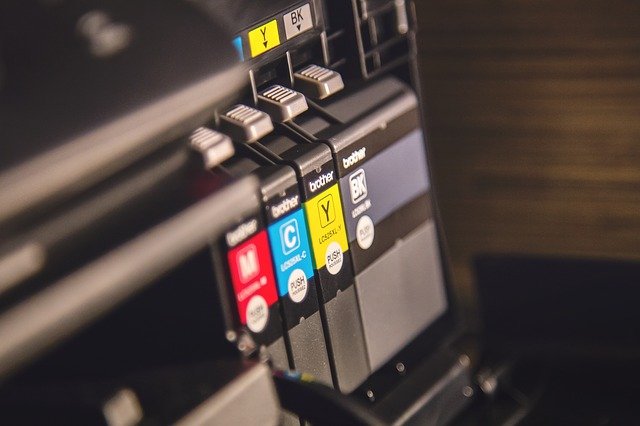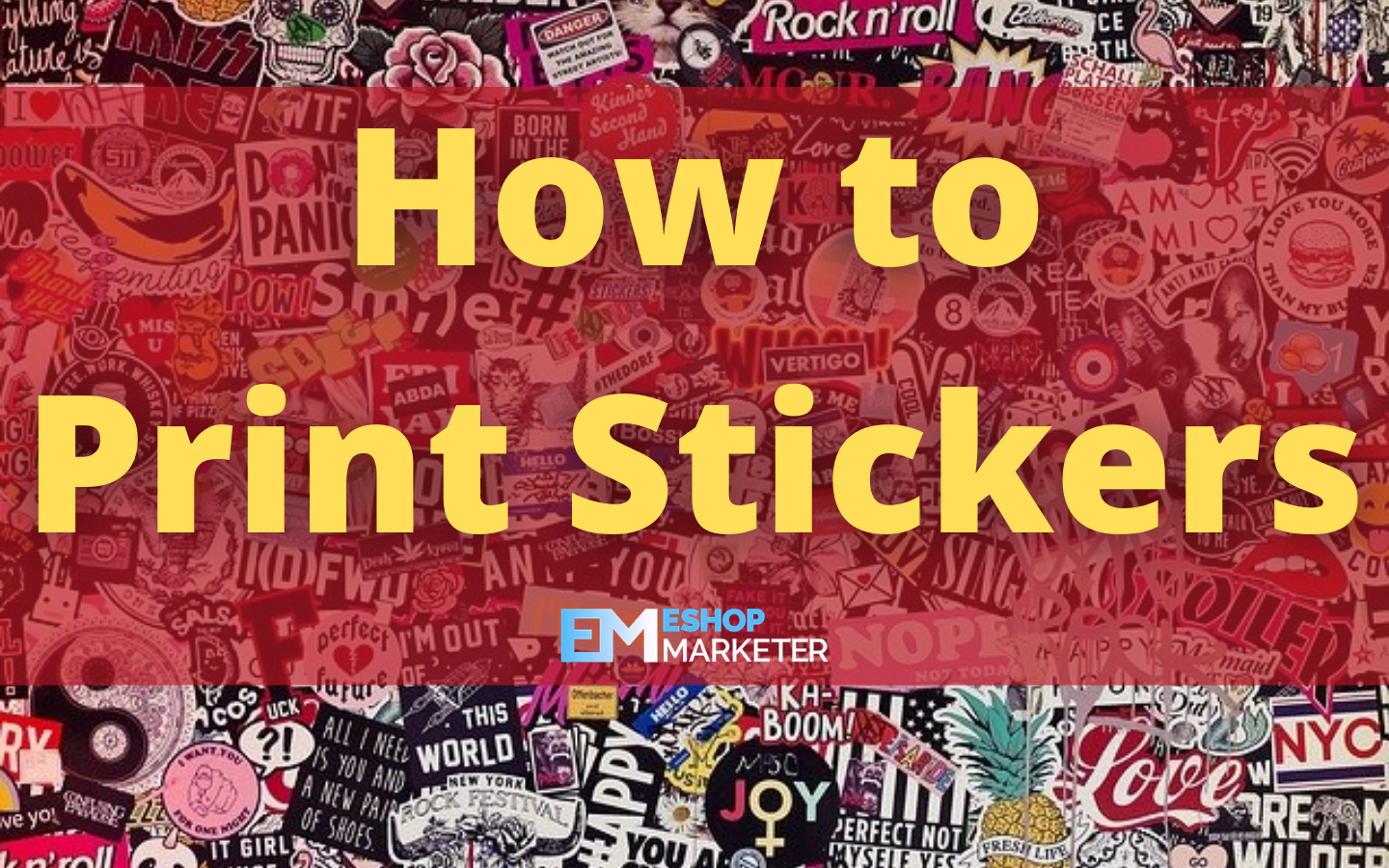Why buy stickers when you can print them at home? It gives you the opportunity to create your own designs. Creating stickers is also a great way to earn money by selling them!
Stickers are also among the most cost-effective ways to advertise anything. Well-placed stickers on motorcycles, cars, door jambs, or signs can get more attention than online ads.
Paper
First, you have to think about the right medium for your stickers. Paper and vinyl are most commonly used. Being aware of their differences will help you get your desired results.
Paper Labels
Paper labels are the cheapest and simplest form of stickers. These are great for personalizing name tags, vinyl record sleeves, creating instant photo stickers, and more. You can choose from whole sheets of sticker paper or pre-cut labels.
Pre-cut labels are great for bottles and jars. They give more personality to homemade goods.
If you opt for whole sheets, you have to start thinking about how you are going to cut your stickers. A normal cutter would be enough if you need a straightforward square or rectangular sticker. However, you may want to consider a Cricut machine if you need more detailed cuts.
If you need water-resistant stickers, look for matte label paper and use a printer that uses pigment ink.
Vinyl Stickers
Vinyl stickers are excellent for everything, from bumper stickers to product labels. If you want an affordable solution, inkjet printable vinyl paper is the best choice. Vinyl stickers can become waterproof by using a clear coat and laminate.
How about decals? Decals have a permanent adhesive and ideal for the outdoors. Decals are transferred onto surfaces directly.
Printer

You have to have the right printer to do the job. It will depend on the design of your sticker but a 4-color inkjet printer with 1200 dpi resolution is ideal. You also have to make sure that your paper is compatible with your printer.
The Process
You can use whatever image editing software or application you are familiar with.
Here are some important tips you can take note of, so you can do your stickers right the first few times.
Color Match
Your sticker’s color accuracy will heavily rely on the print process you choose. The most commonly used for budget-friendly professional presses is CMYK. This process involves layering color ink in dots until it creates the color needed on the page. CMYK provides accurate and good results.
Choosing the Right Colors
Lighter color values don’t translate well with the CMYK process. This means that a subtle pink or yellow shading on your sticker may look white, and it can wash out your design. Also, designs with a lot of blacks will vary depending on what color balances make up the black tone in your design. The colors combined to create the black tone on the screen will determine what ratios of black and color ink go onto the page. Wrong choices for designs may result in tinted black color casts and hues.
Permanence
Some stickers aren’t designed to last a lifetime. Differences in the print process, paper, and ink will result in variances in longevity. This is why it is best to make sure you are using the correct materials. While not all stickers you create will need to last a long time or withstand the rain or sun, but it should be your intention to make sure you make the right choices when it comes to supplies.
Die Cutting
The way your stickers are shaped will create a visual effect that will emphasize the elements of your design. The easiest and quickest way to custom cut your stickers to size is die-cutting. You can do it yourself with the use of a laser cutter. You can also opt to use professional presses that have die cutting features which can make everything easy and quick.
Break Up Large Areas of Color
Printing consistent solid color over a big area is not easy or cheap. It’s better to avoid creating stickers that have big areas of solid color.
Choose Best Quality
If you’re printing high-quality stickers, you will want to switch to the optimal quality print mode. The printing will take longer but the results are much better.
Ink Cartridges
Always check your ink cartridges and make sure they are well stocked before you print your stickers. When a color or two is running low, your colors can come out wrong.
Paper Compatibility
Various printers have limits when it comes to thickness and proportions of the paper they print. Inkjet printers use either pigment or dye-based ink and it would be best to know what paper types work best because it will make a huge difference in your print output.
Final Thoughts

Sticker printing may seem like a task that is intimidating. However, once you are already familiar with the process, you can focus on escalating the creative aspect of your design. Researching, studying, and familiarizing yourself with sticker printing technicalities can save you tons of frustration and money.


